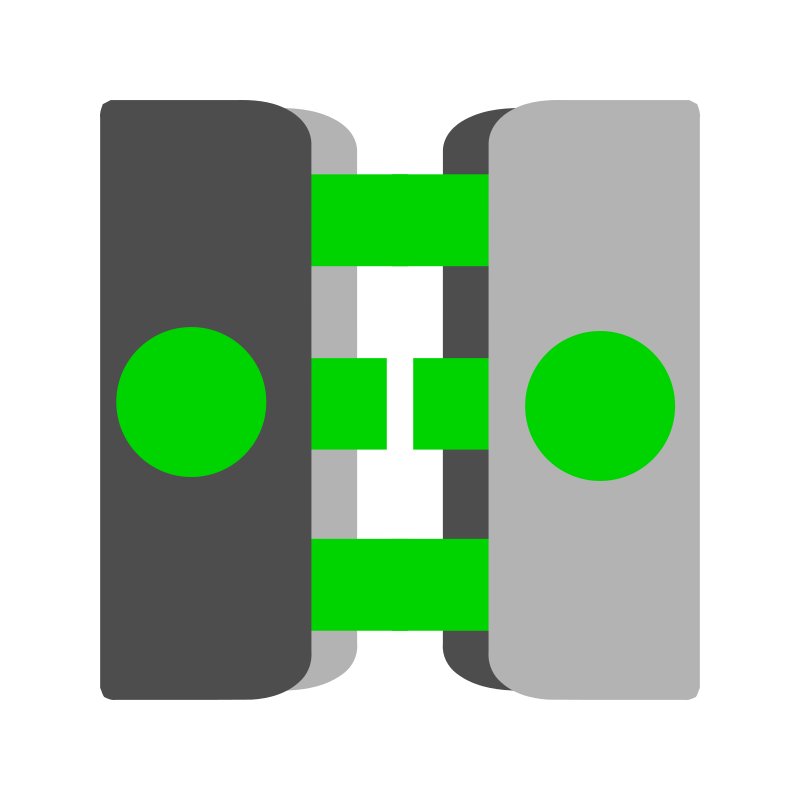Understanding Sentences
A sentence is the basic unit of language which expresses a complete thought. It does so by following the grammatical rules of syntax. In English, a complete sentence typically contains at least one subject and one main verb. Mastering sentence construction is fundamental to clear and effective communication, both in writing and speaking.
What is a Sentence?
A sentence is the basic unit of language which expresses a complete thought. It does so by following the grammatical rules of syntax. In English, a complete sentence typically contains at least one subject and one main verb.
Mastering sentence construction is fundamental to clear and effective communication, both in writing and speaking.
Essential Components of a Sentence
- Subject: The person, place, thing, or idea that is doing or being something. It's what the sentence is about. Example:_The cat_ sat on the mat.
- Predicate: The part of the sentence that tells something about the subject. It always includes the verb. Example:The cat _sat on the mat_.
A sentence must express a complete thought. For example, 'The cat sat' is a complete thought, while 'on the mat' is not.
Types of Sentences by Purpose
Sentences can be classified based on their purpose:
Types of Sentences by Structure
Sentences can also be classified by their structure, based on the number and types of clauses they contain:
- Simple Sentence: Contains one independent clause. Example:_The dog barked._
- Compound Sentence: Contains two or more independent clauses, usually joined by a coordinating conjunction (for, and, nor, but, or, yet, so) or a semicolon. Example:_The dog barked, and the cat ran away._
- Complex Sentence: Contains one independent clause and one or more dependent clauses. A dependent clause cannot stand alone as a sentence. Example:_The dog barked when it saw the mailman._ (Independent:The dog barked; Dependent:when it saw the mailman)
- Compound-Complex Sentence: Contains two or more independent clauses and one or more dependent clauses. Example:_The dog barked when it saw the mailman, so the cat ran under the bed._
Sentence Fragments and Run-on Sentences
Understanding complete sentences helps avoid common errors:
- Sentence Fragment: An incomplete sentence that is missing a subject, a verb, or does not express a complete thought. Example:_Running in the park._ (Missing a subject and a complete verb idea)
- Run-on Sentence: Occurs when two or more independent clauses are joined incorrectly (e.g., without proper punctuation or conjunctions). Example:_The sun was shining the birds were singing._ (Should be:The sun was shining, and the birds were singing. OR The sun was shining; the birds were singing.)
Building Better Sentences
To improve your writing, focus on:
- Clarity: Ensure your sentences are easy to understand.
- Variety: Use different types and structures of sentences to make your writing more engaging.
- Conciseness: Avoid unnecessary words or overly complex structures.
- Correctness: Pay attention to grammar, punctuation, and spelling.
